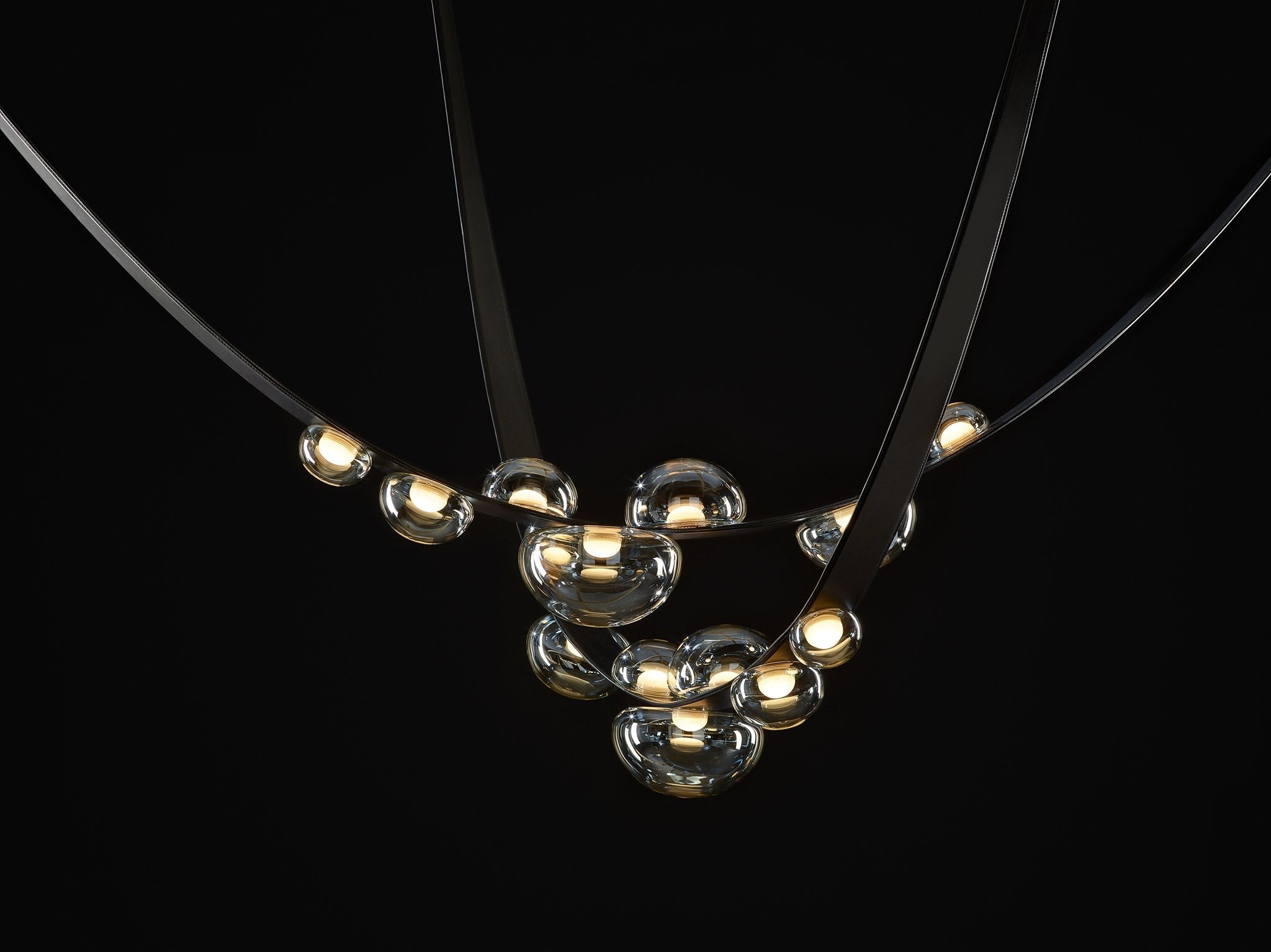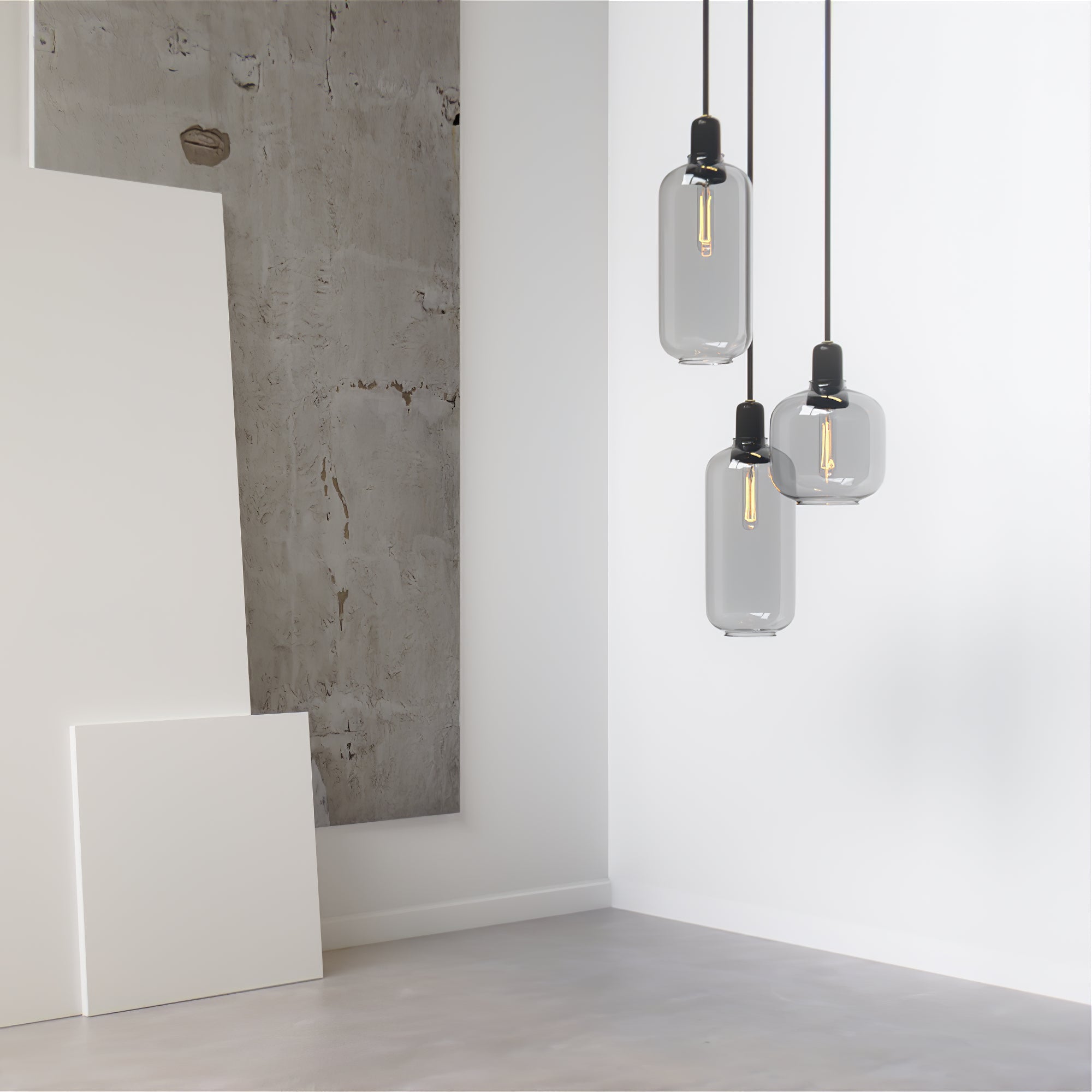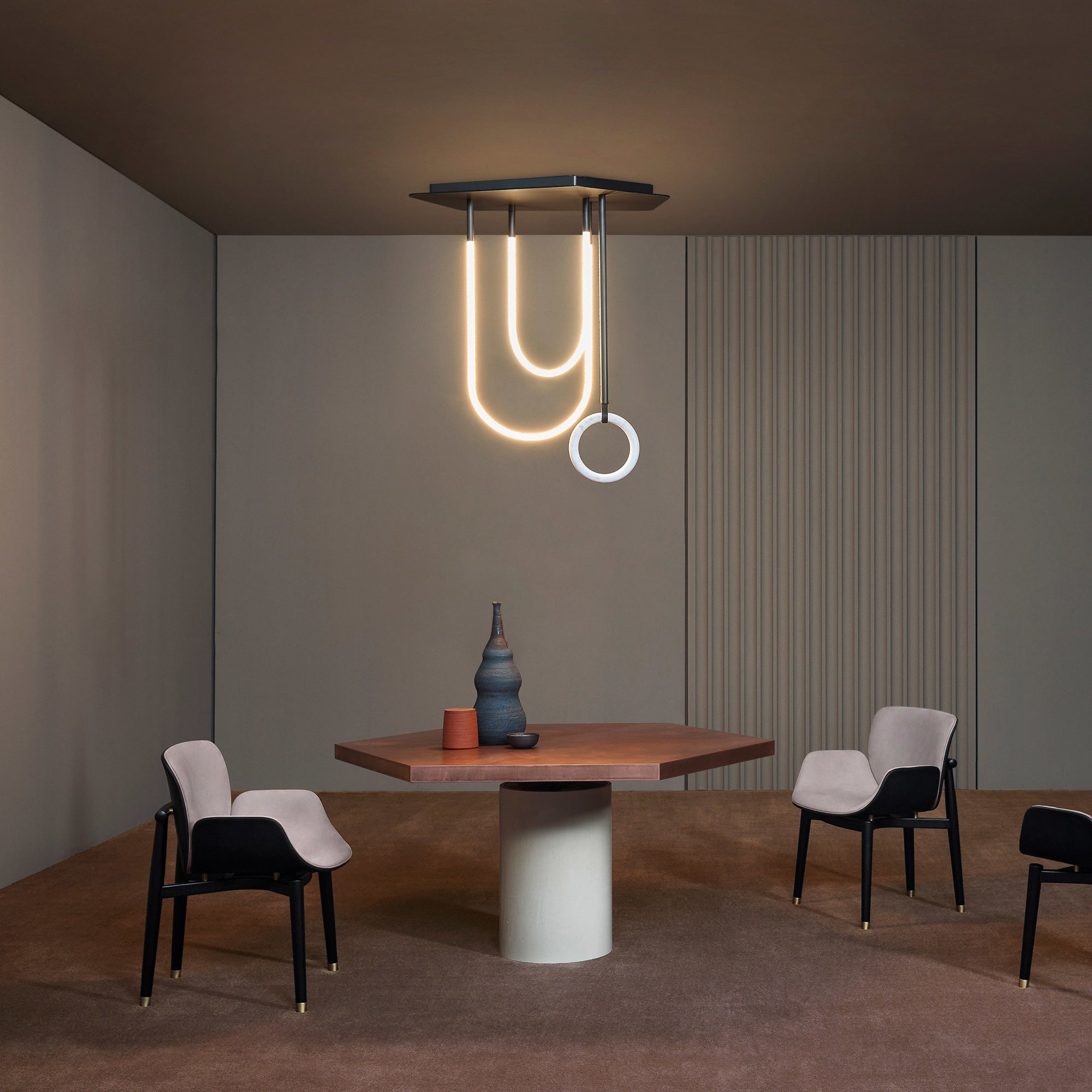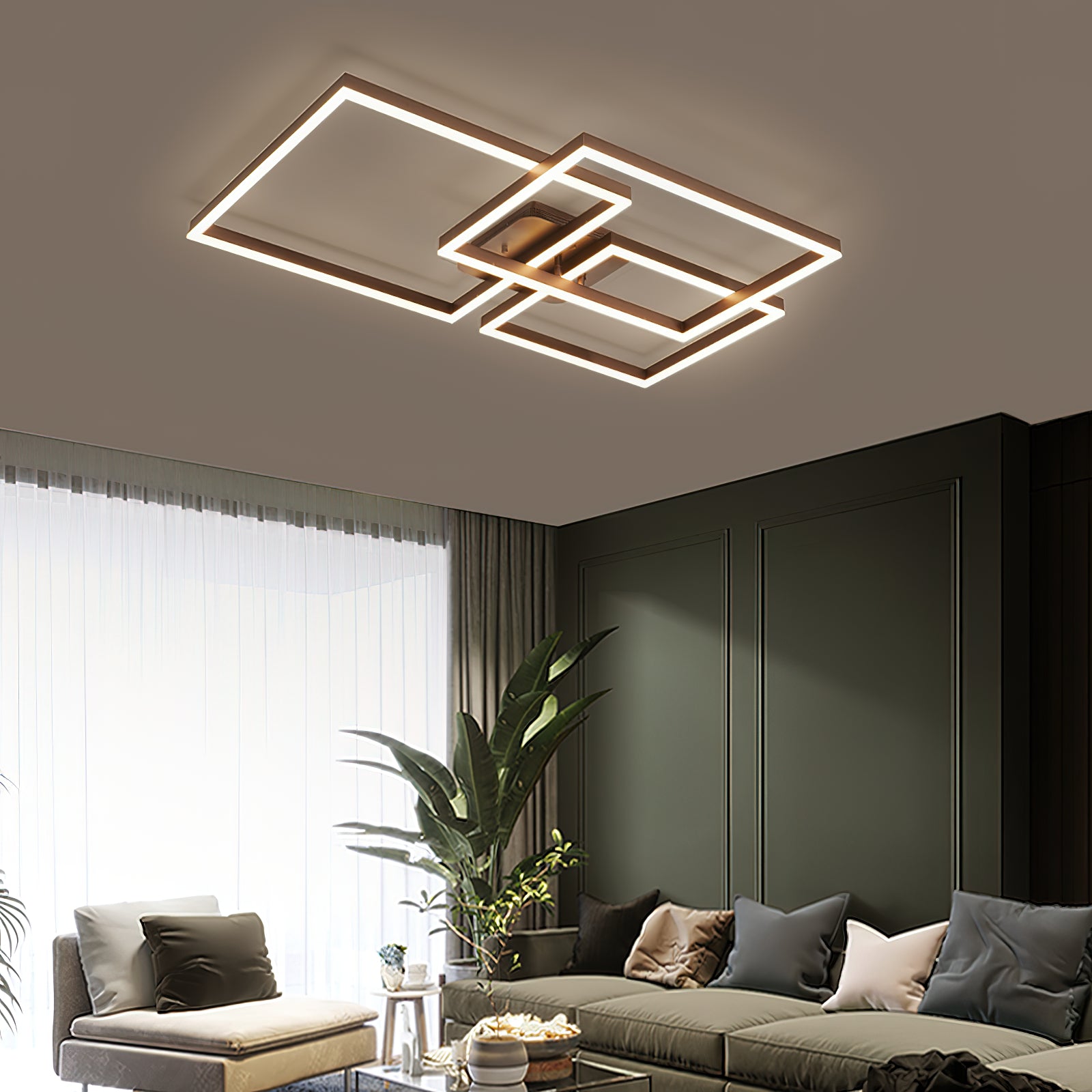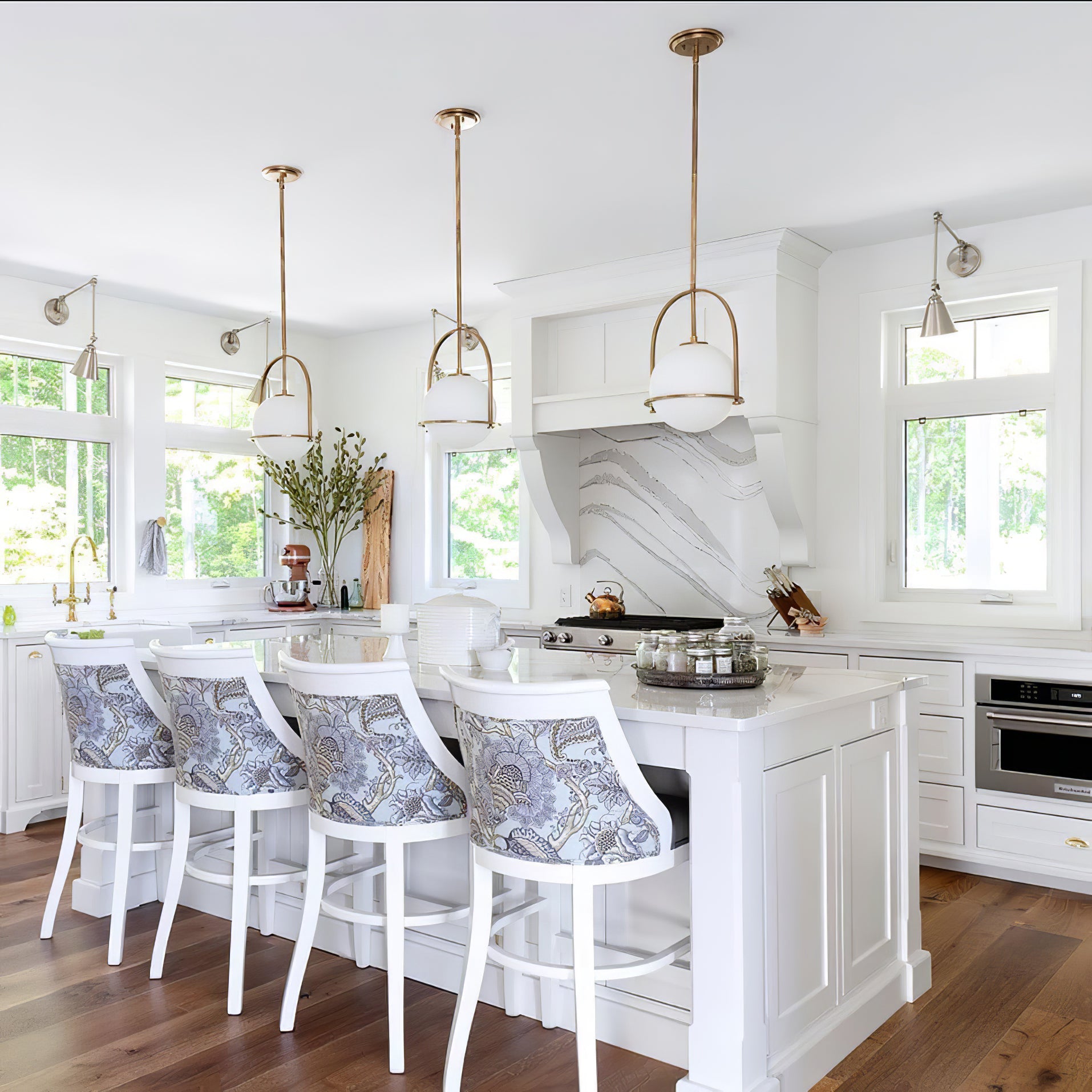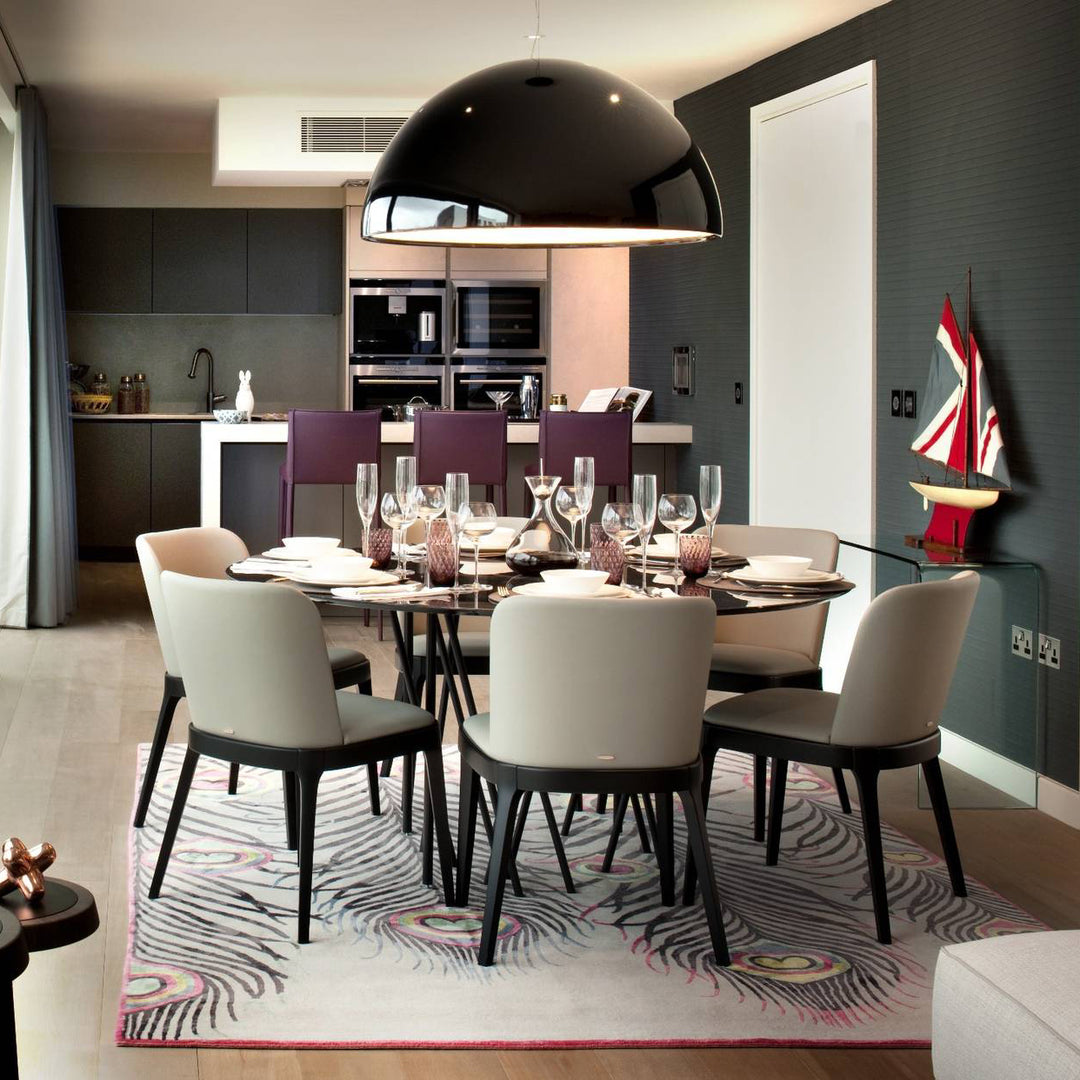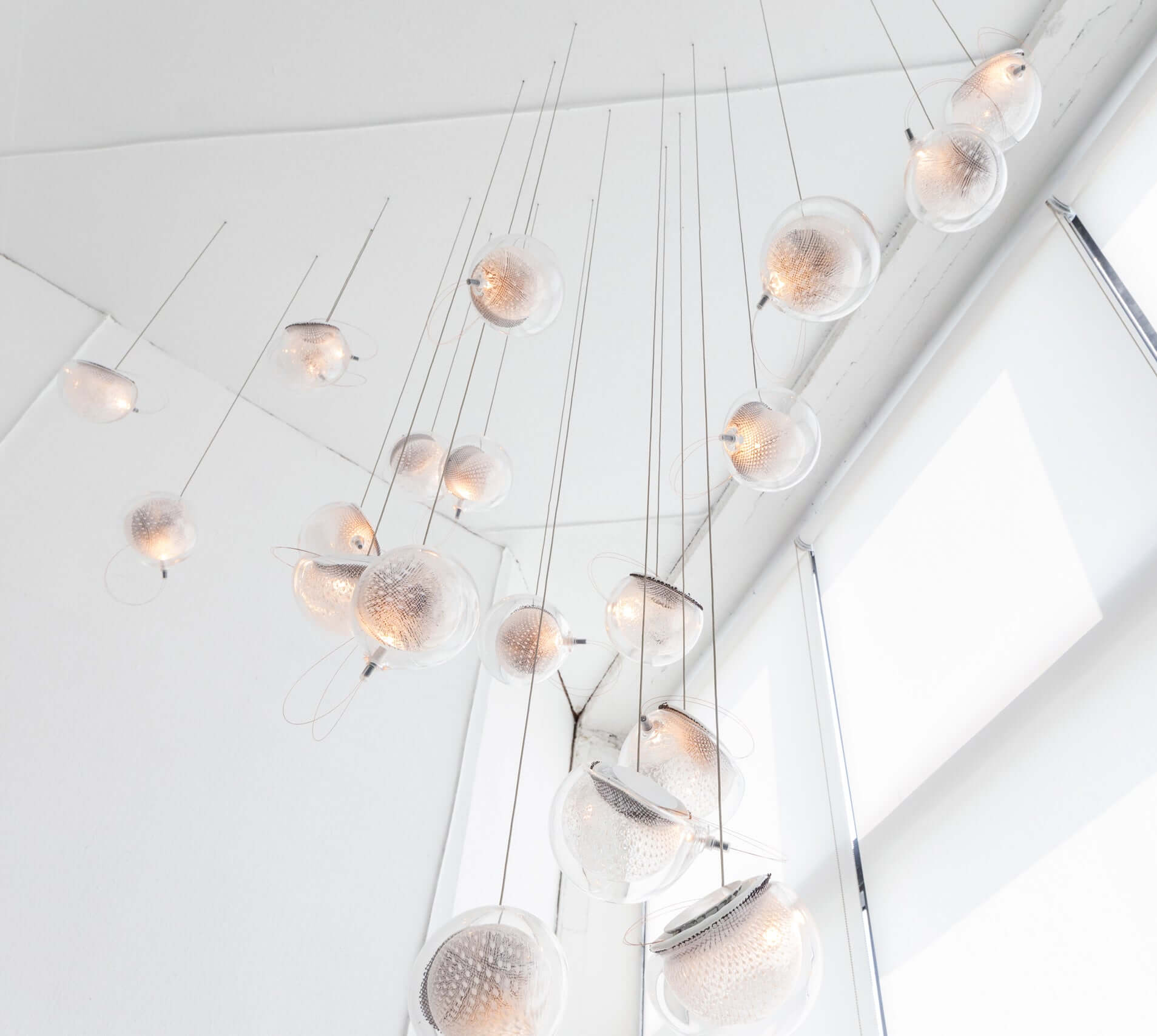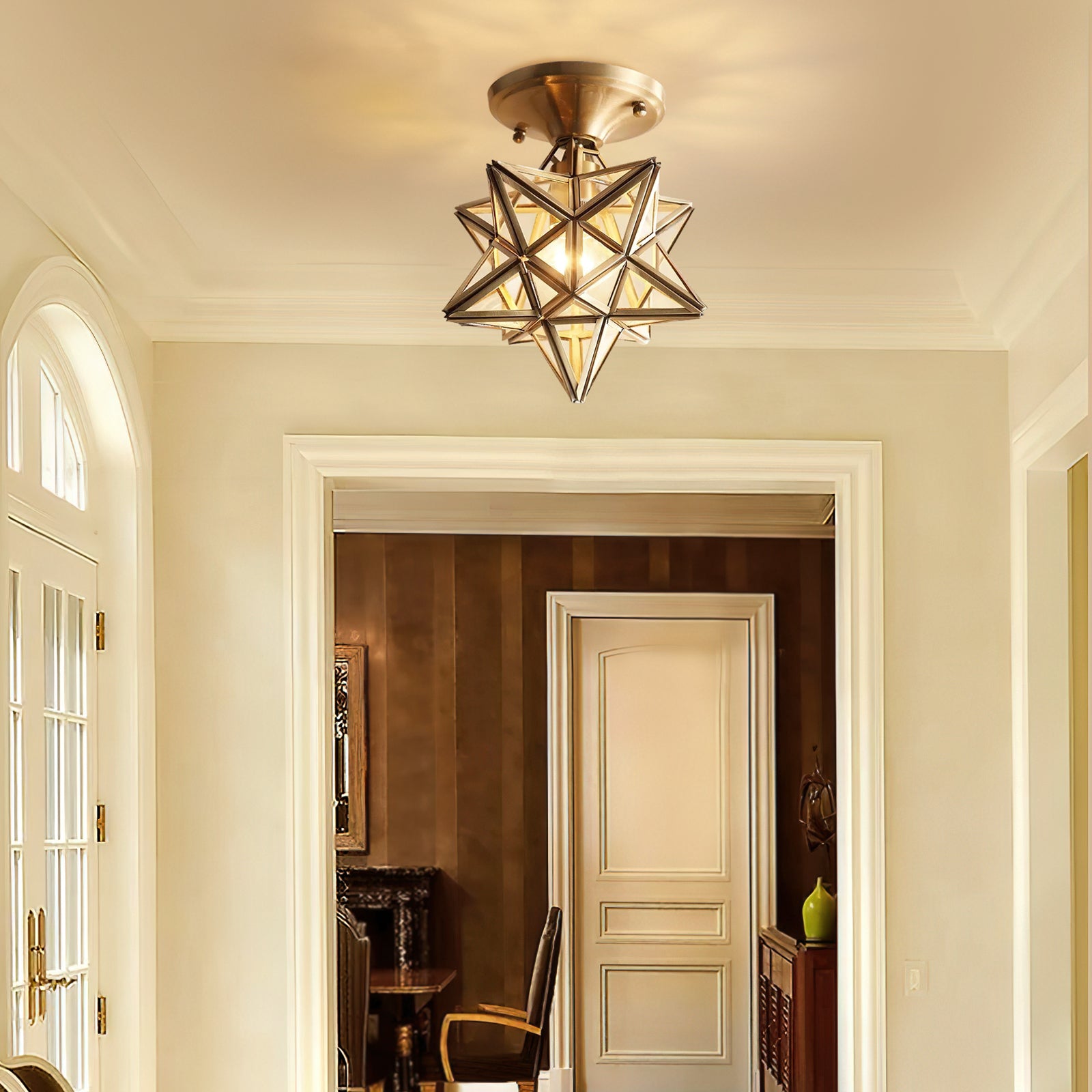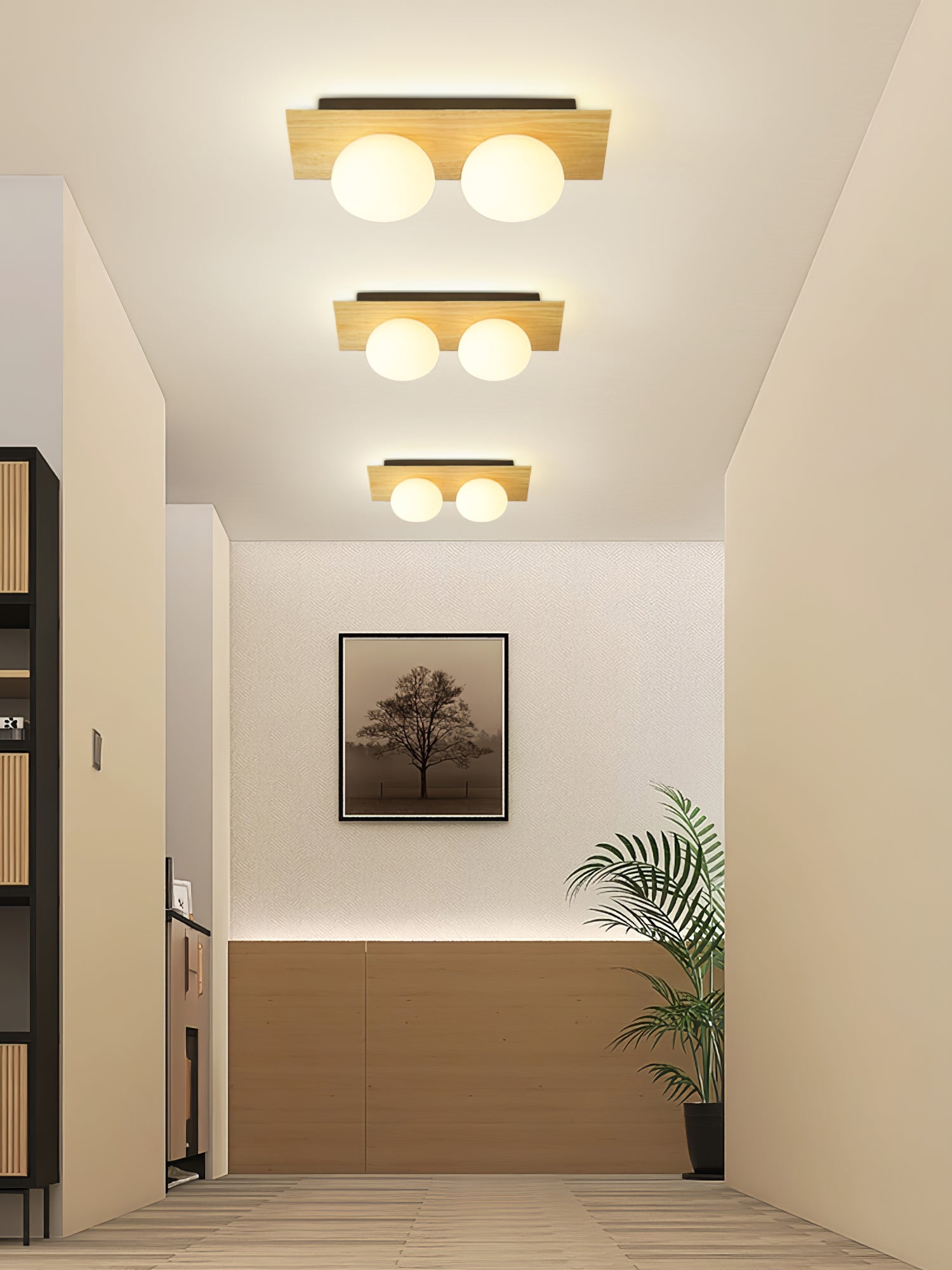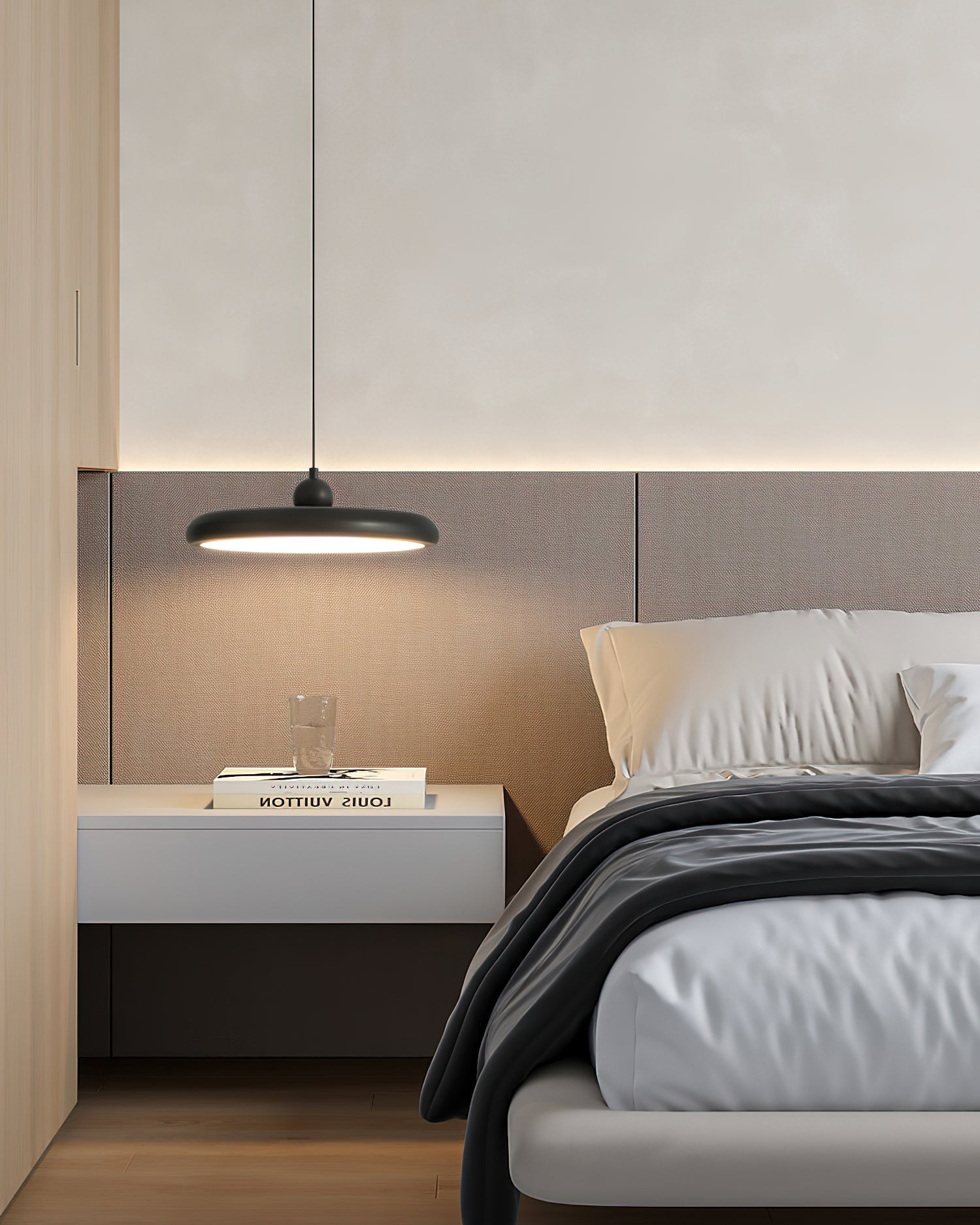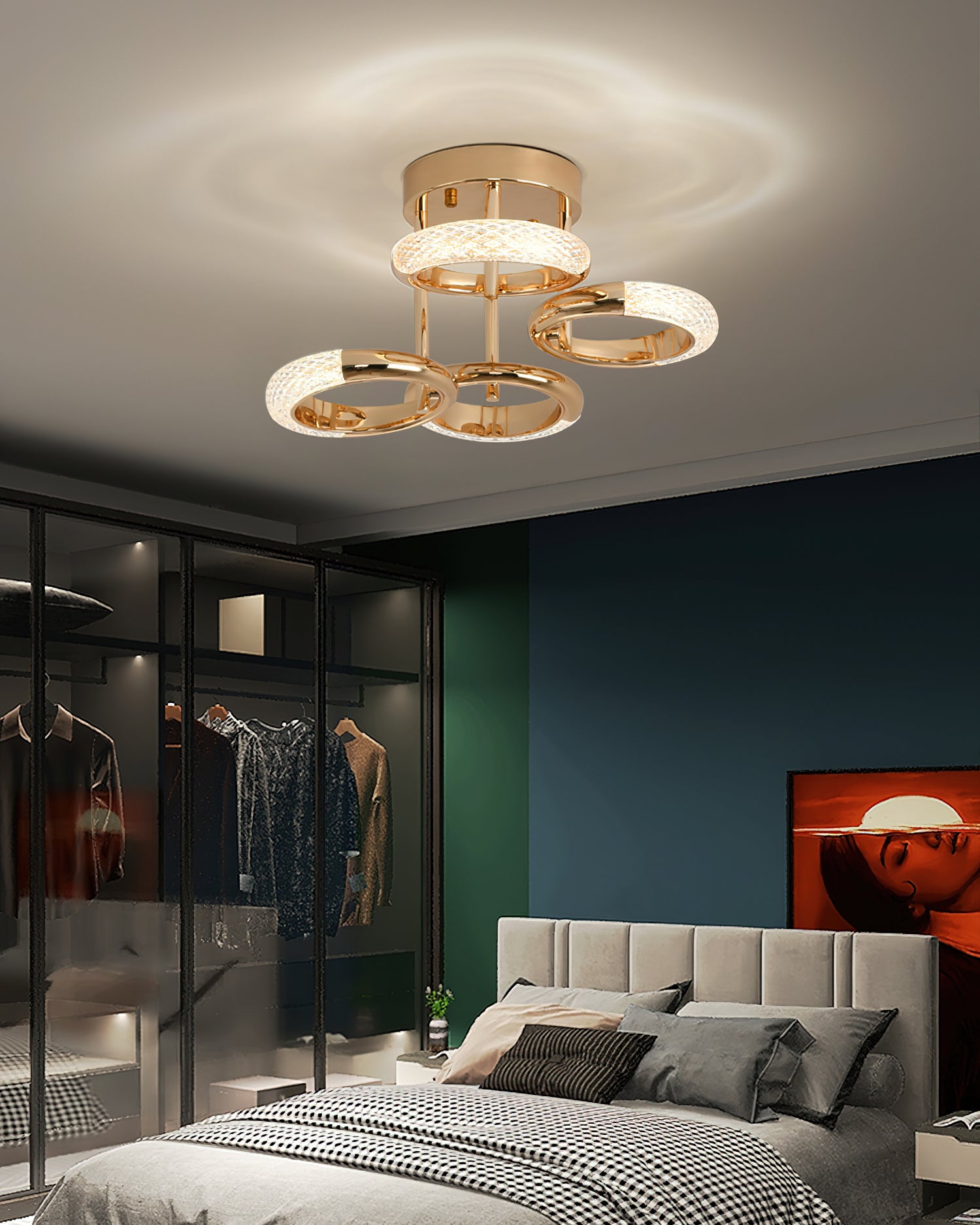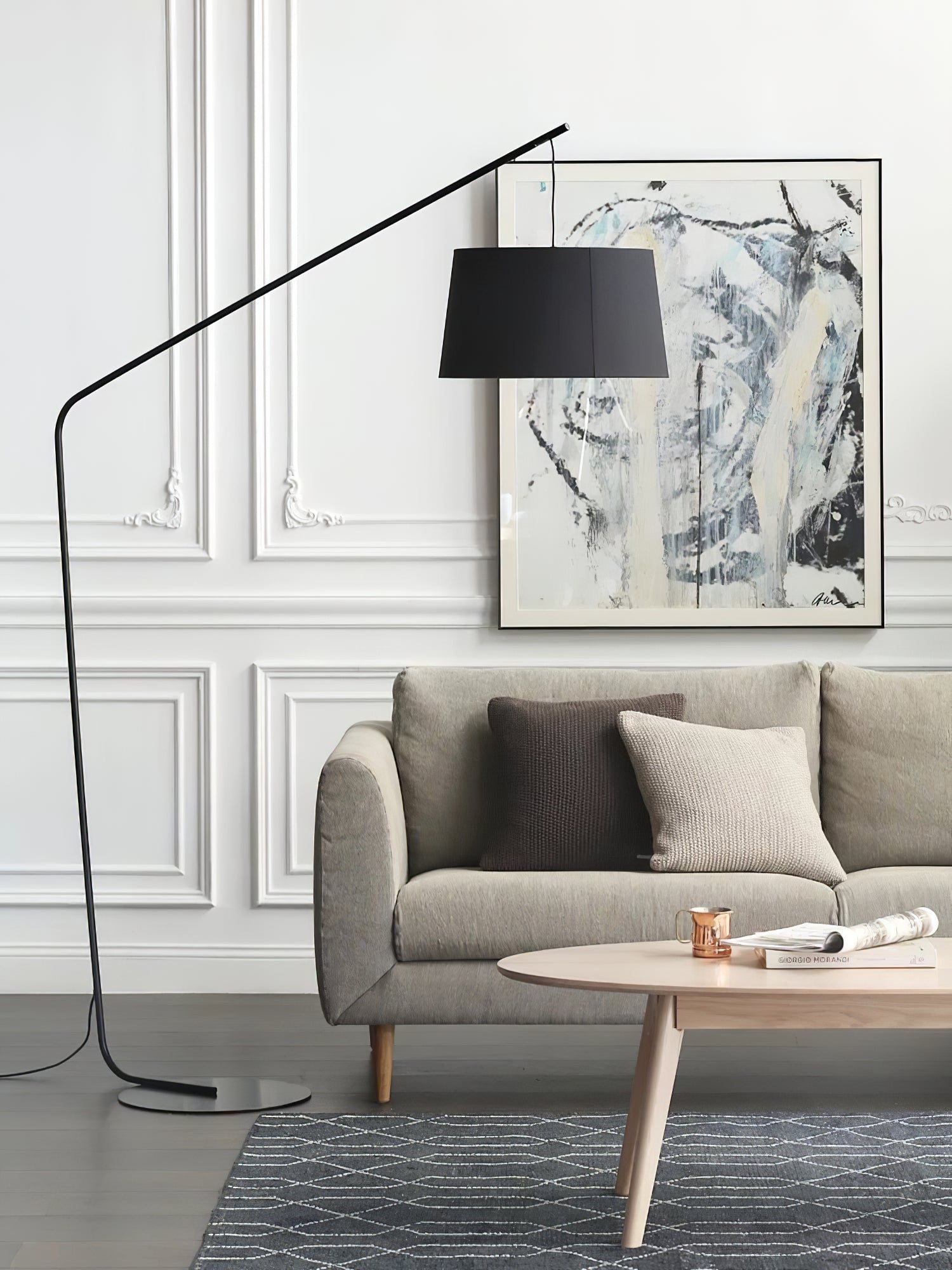Did you know that indoor lighting can affect your mood and overall health? Interior lighting is more than just an aesthetic decorative decision. This is a crucial step in creating a cozy atmosphere in your home.
Excessive lighting in the bedroom can make it difficult to sleep, while insufficient lighting at work can make studying or working difficult. Creating the right balance of light in your home can have a wonderful impact on your daily life.
To give you an overview, we'll cover the main types of lighting found in most homes, the different types of lighting fixtures, how to choose the right lighting by room, and some other optional lighting controls in this home lighting guide.
Types of Lighting for Homes
Get a good look at your space at midday when the sun is shining to observe any natural lighting that helps brighten the space. This will help determine which parts of your room need the extra lighting help.
There are three main types of artificial lighting to know about when you start to think about lighting in your home.
Ambient Lighting: Ambient or general lighting is a soft, overhead type of lighting that helps illuminate a broad, open space.
Task Lighting: Task lighting is targeted lighting that is directed on a tabletop surface, often a desk or countertop. Work that requires close-up light such as cooking, sewing, writing, and crafting.
Accent Lighting: Accent lighting is local lighting that is focused in one area of your home. It’s broader than task lighting, but less widespread than ambient lighting. Accent lighting highlights one area or object in the room. It can easily add drama and interest, so use accent lighting sparingly!
Lighting Fixture Types
Here are the major types of home lighting fixtures.
Surface
Surface lighting is any light fixture that is attached to a wall or ceiling, and sticks out from the surface. Sconces and track lighting are two examples of surface lighting. Surface lights are usually flush against the wall or ceiling that holds them.
Pendant
Pendant lighting, or pendants, are lighting fixtures that hang from the ceiling, often above a surface like a kitchen counter or dining room table, but not always. They are often found in the entryway, too! Chandeliers are an example of pendant lighting. These fixtures require a cord, cable or chain to hold them in place. They tend to work best in rooms with relatively higher ceilings.
Lamp
Table lamps, floor lamps, and other smaller mobile light fixtures fall into this category. This type of lighting is plugged into the wall through an electrical outlet, making them easy to install. A key feature of most lamps is that they are portable. Lamps are versatile lighting choices that can be moved around as needed.
Lighting by Room
Most rooms will have a mix of the three types of lighting we mentioned earlier: ambient, task, and accent. Not all three are necessary for every room, though. Here are some tips for lighting design in each room of your house.
Entryway
The entryway is the first place you see when walking in the door at night, and the last place you step through as you leave for the day. For that reason, entryways should be very well-lit. A pendant or chandelier is a great ambient lighting source to illuminate the space from above. A table lamp can help you find your keys on the console table. Lastly, make sure your light switches are easily accessible so you don’t have to feel around in the dark too much to find them.
Living Room
Many families spend quality time in the living room – whether watching TV or playing board games, the living room needs several lighting sources depending on your needs at the time.
Recessed lighting works great in the living room – especially if you have kids. Since things can get rough if someone decides to toss a ball for example, I wouldn’t recommend hanging an expensive chandelier or pendant in the living room! If you do, ensure your ceilings are on the high side.
Floor lamps and table lamps are also great lighting options to have in your living room if you just want a little bit of targeted light in one area, like a darker corner. Sconces look great on either side of a fireplace mantel. Our last tip is to be sure that there isn’t a glare on your TV while installing lights in the living room!
Kitchen
Kitchen lighting is particularly important if you cook often or like to host guests. Kitchens have become a central part of the family home and thus deserve special attention when it comes to lighting.
Many kitchens have multiple light sources to ensure that every nook and cranny is properly illuminated as needed. I would start off by choosing several ambient light sources, probably in the form of pendant lights or recessed lighting. Under-cabinet lights provide task lighting when preparing meals.
Dining Room
Lighting the dining room is somewhat easier than most rooms as you simply need to ensure that the dining room table is adequately lit. Most people choose to hang an eye-catching chandelier in the dining room to create an ambient lighting source. The pendant should hang directly at the center above your dining room table.
If you intend to place food on your buffet, then consider adding task lighting to ensure people can see what you’re displaying.
Staircase
Stairs should be well-lit from above to prevent any tripping on the steps. We recommend a pendant light hanging from above if you have the space.
Hallway
Hallways should have at least one light every 4-6 feet. You could use pendant lighting or install wall sconces to create a moody atmosphere in your hallways.
Bedroom
Since bedrooms are mostly used for sleeping, you don’t need an ultra strong light source in this room. A dimmable ambient light overhead is a great place to start. As it gets to be time for bed, you can dim the light in your bedroom to prepare yourself to sleep. Avoid installing non filtered light, such as recessed light, directly above your bed. Many people opt for table lamps on their nightstands as the last light they turn off before bed, too.
Bedroom lighting should be warmer side of the temperature spectrum to create a cozy and relaxing environment.
Home Office
As more and more people are now working from home, it’s important to consider your home office lighting setup very carefully.
This is one room where you may not need ambient light, especially if you do most of your work during the day when ample sunlight is available. In this scenario, a task light is all that is needed, or a strong table lamp or floor lamp.
I’ve noticed that dark offices have become popular – with dark blue walls or dark furniture. Keep in mind that if you have an office with dark decorative elements, you’ll need more light than a white or light-colored office would.
With the right lighting, you can be more productive working from home than ever.
Optional Lighting Controls
There are lots of ways to customize the lighting in your home. Here are a few optional lighting control ideas to consider!
- Dimming: Dimmable lighting can help save you money and control the environment inside your home to set the right mood.
- Motion-sensored: Motion-sensor lights can be great for elderly people and anyone who finds them convenient!
- Color: Colored light bulbs aren’t recommended for adult areas, but why not let the kids have some fun with colored lighting?
Lighting by Interior Design Style
There are many ways to integrate lighting into your existing interior design style.
As you can see, lighting can affect everything about our daily lives – from our appetite to our sleep patterns and our productivity. Although lighting is very utilitarian, it can also be a conscious choice that enhances the decorating style of a home. We hope this guide was helpful in assisting you to create the ideal lighting set-up for your home.






